Planting Tips and Tree Health
How to Plant Smart
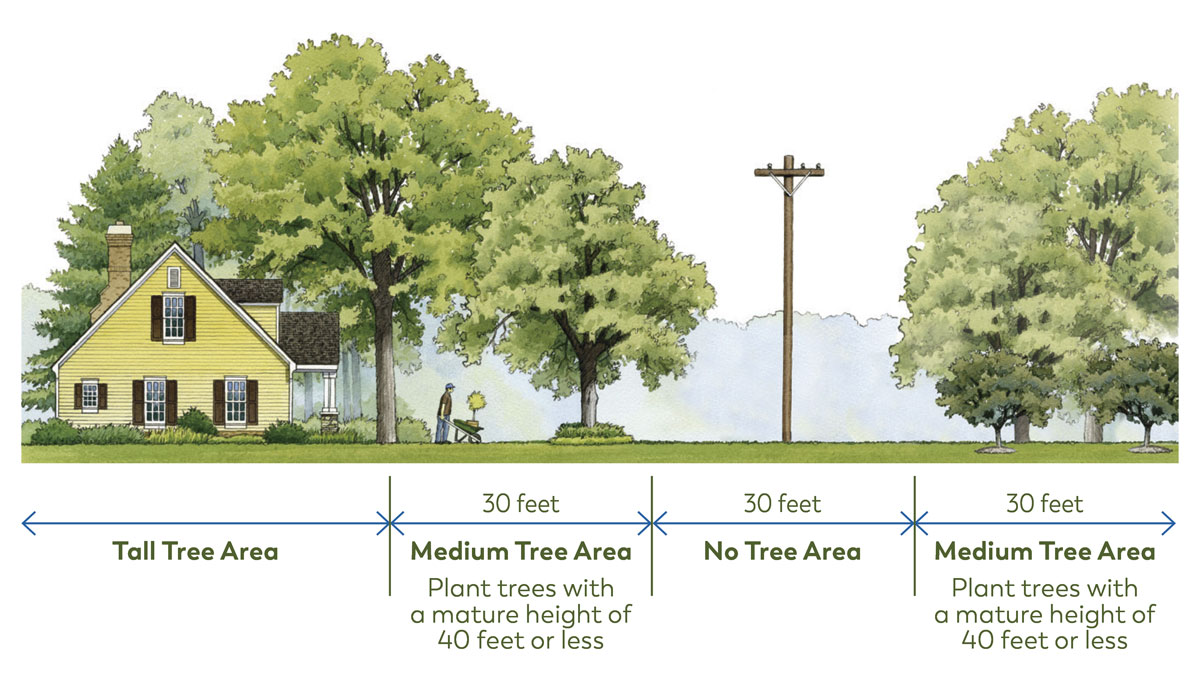
Look up before you plant
Look for overhead electric lines before you plant. Do not plant within the 30’ maintenance zone (see the illustration above)*.
* Low voltage distribution lines with voltages between 14.4kV and 2.4kV
Plant Away from Underground Transformers
Use the illustration on the right as a guide for planting away from underground electric padmount transformers. Planting away from transformers ensures they are accessible for inspection, maintenance, or repair.
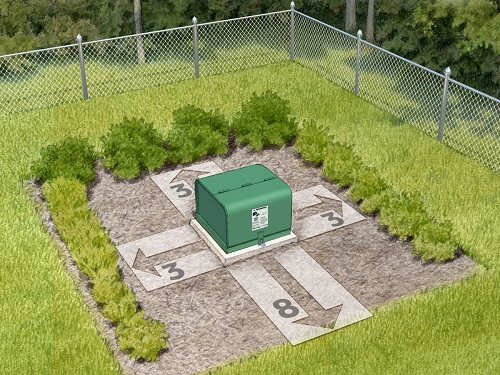
More Planting Tips:
- Do not plant on the curb lawn without local municipality approval.
- Do not plant any vines near utility poles or guy wires.
- Consult a local tree nursery before planting to determine the height and spread the tree may grow in your area.
- Contact Miss Dig at missdig811.org or call 8-1-1.
- Looking for more information on planting trees? Check out this article on planting trees from the Arbor Day Foundation
Damaging Tree Diseases and Insects
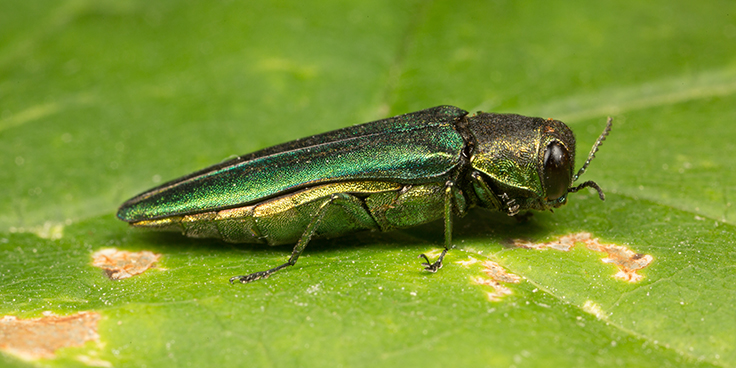
Emerald Ash Borer
The Emerald Ash Borer (EAB) killed most ash trees throughout the lower peninsula. Dead ash trees continue to fall on powerlines throughout the state and are expected to do so for the next few years. Dead ash trees are not safe to climb, so removal of these trees along powerlines can only be done when bucket trucks can reach them. When performing scheduled maintenance tree clearing, we identify dead ash trees within 35 feet of our electric LVD primary voltage lines for removal if the trees can be accessed by aerial lift trucks.
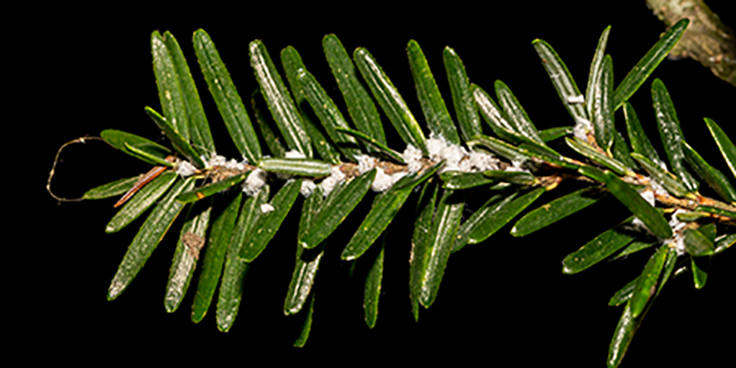
Hemlock Wooly Adelgid
Hemlock Wooly Adelgid (HWA) is a small scale-like insect that transmits disease to hemlock trees, ultimately killing them. State quarantine requirements restrict the movement of hemlock wood and debris from properties in affected areas. Wood and debris clean-up following line-clearing operations in these areas is subject to State of Michigan quarantine rules.
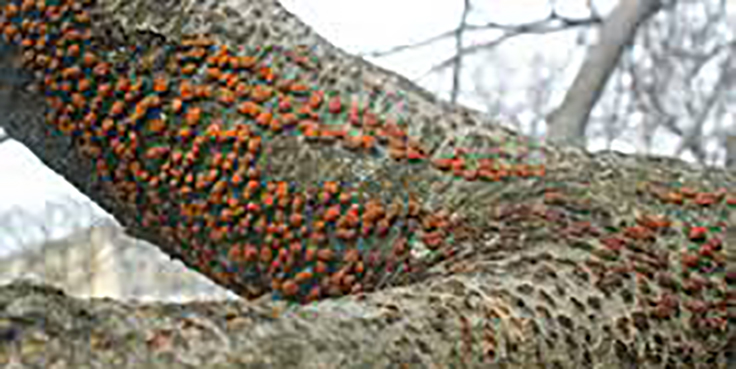
Beech Bark Disease
Beech Bark Disease (BBD) is transmitted to beech trees from the beech scale, a very small insect that feeds on beech trees. The disease ultimately kills the trees. The movement of beech wood and debris from properties in infested areas is to be avoided to slow the spread of this insect/disease combination. Wood and debris clean-up following line-clearing operations in these areas will be left on-site.
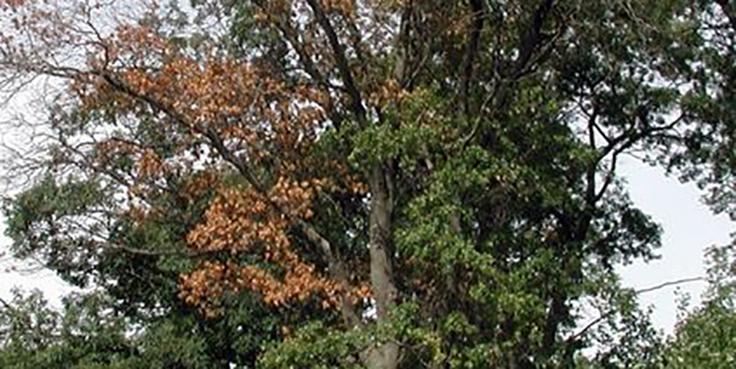
Oak Wilt Disease
Oak Wilt Disease (OWD) affects all oak trees. This disease is most serious for red and black oaks, as it can kill the tree within a couple of months after infection. White oak trees are more resilient to the disease and often only a few branches may die after years of infection. To protect Michigan’s oak trees, we follow the guidelines established by the Michigan Oak Wilt Coalition. The Coalition is made up of the Michigan Department of Natural Resources (MDNR), Michigan Department of Agriculture and Rural Development (MDARD), Michigan State University Extension (MSUE) and MSU Researchers, Consumers Energy, DTE Energy, International Society of Arboriculture-Michigan, and private arborist and specialists. These guidelines are reviewed a few times a year with the best available science and updated as needed.
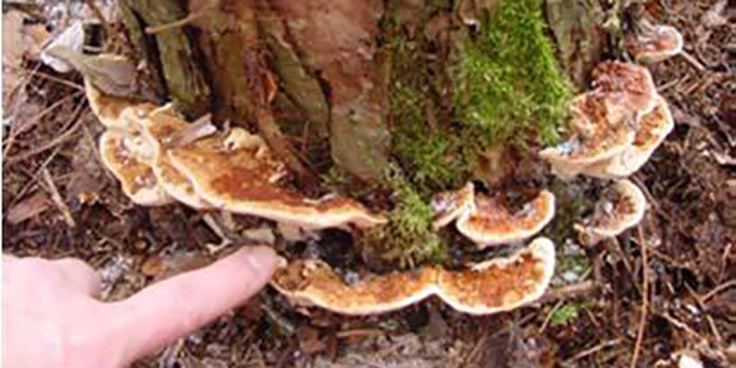
Heterobasidion Root Disease
Heterobasidion Root Disease (HRD) is a native, soil-borne fungus that invades the roots of trees. Red, White and Jack pine plantations can be vulnerable to the disease when thinning cuts are conducted. If the fungus is present in the plantation, it can infect the fresh cut stumps and the disease can spread throughout the plantation. Stumps can be treated with a borax product (very similar to the laundry aid - 20 Mule Team Borax) to stop the disease from establishing itself on these stumps.
Potentially Harmful Diseases and Insects Yet to be Detected in Michigan
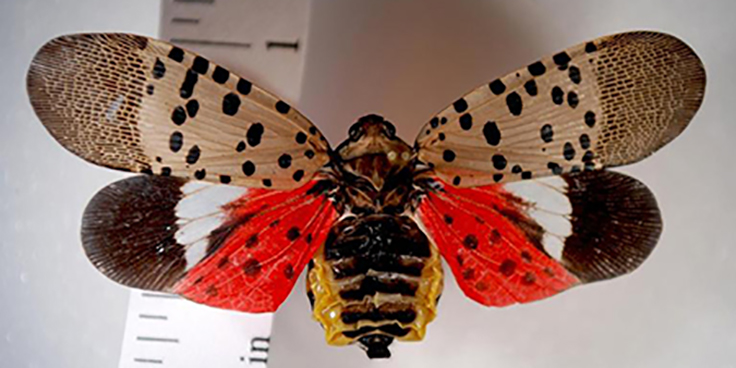
Spotted Lanternfly
The Spotted Lantern Fly (SLF) is our most recent imported invasive species. It is currently infesting parts of eastern Pennsylvania. This pest affects many trees and fruiting crops such as grapes and fruit trees. SLF is capable of causing great economic harm to Michigan agriculture. Our line-clearing contractors are looking for it each year to report suspect locations to MDARD.
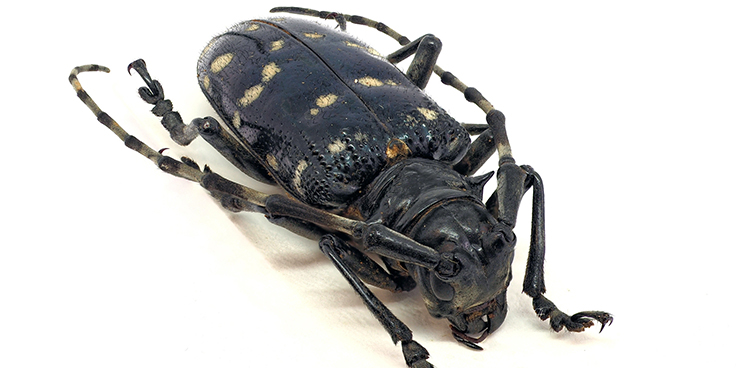
Asian Longhorn Beetle
The Asian Longhorned Beetle (ALB) was the first tree-killing invasive insect covered widely by the news media. Outbreaks of this beetle were reported in New York and Chicago. Chicago has eradicated this pest and New York is continuing efforts. An outbreak occurred in southern Ohio several years ago, and we continue to monitor its spread as Ohio goes through eradication efforts. We work with our line-clearing contractors to look for signs of this invasive pests We report suspected locations to the MDARD.
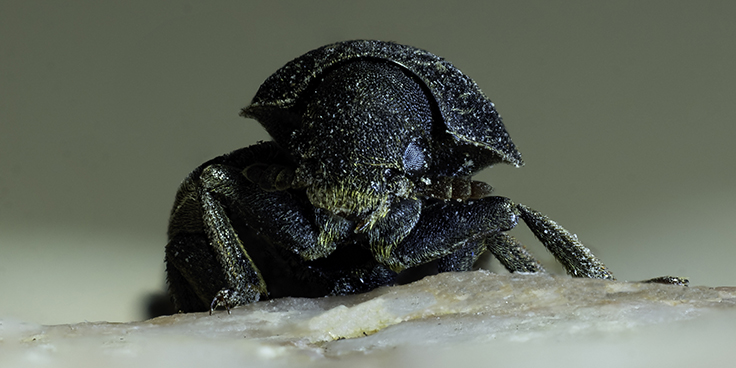
Bark Beetles
Several species of native bark beetles infest and kill conifer trees in small areas or hotspots every year. Typically, these trees are under stress from drought or another underlying condition. Many new invasive bark beetles have entered the US and Michigan recently and could have huge impacts on many species of trees. In particular, the mountain pine beetle has devastated millions of acres of forests in the western US is moving eastward. More frequent outbreaks of bark beetle infestations are expected over the coming years if the mountain pine beetle is spread to Michigan.
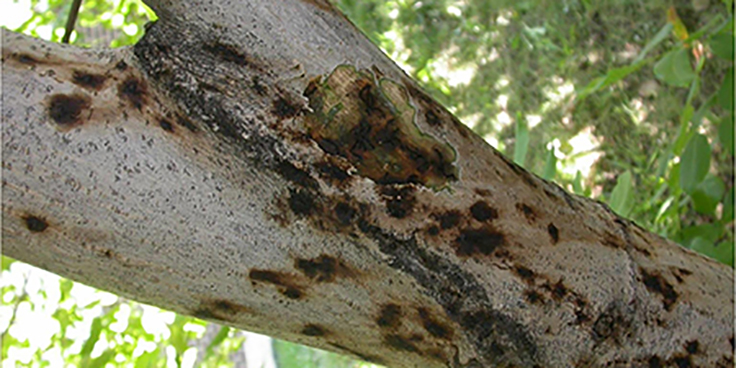
Thousand Cankers Disease
Thousand Canker Disease (TCD) is a fungal disease spread by several species of beetles to walnut trees. The disease ultimately kills walnut trees. Currently the disease is located in southern Indiana. We work with our line-clearing contractors to look for signs of this invasive disease to report suspected locations to the MDARD.

